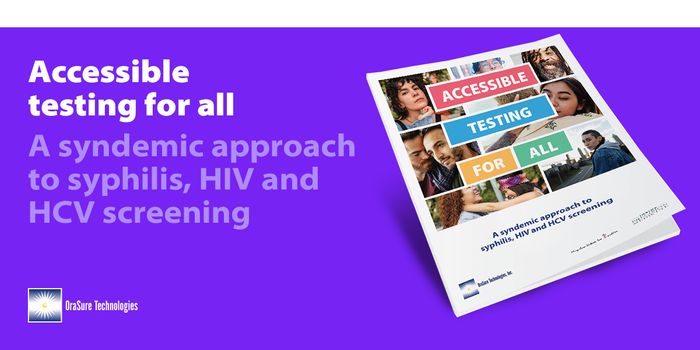Researchers Identify Near-Universal Drug Regimens for Treating TB
Tuberculosis remains a public health crisis with more than 25% of the world's population having a positive tuberculin skin test and possibly a latent infection with Mycobacterium tuberculosis (MTB). For those who do have a latent infection, approximately 10% will develop active MTB. The Centers for Disease Control estimates that, in 2017, 10 million people worldwide were infected with MTB, and there were 1.3 million deaths. MTB is also the leading cause of mortality in HIV-infected patients. MTB is not a disease found only in developing countries; in the U.S, there were over 9,000 cases in 2017. The standard treatment for MTB is a long and arduous course of drugs that aren't well-tolerated for some making compliance a critical issue in disease-control. The current regimen takes 6-9 months, and people often experience adverse events of drug toxicities. When individuals don't finish the entire course of antibiotics, drug resistance develops. The treatment of drug-resistant MTB is much more difficult requiring 20-26 months with second and third-line drugs that have the same problems with toxicities.
If we are to reduce the burden of tuberculosis globally, shorter and less toxic treatments need to be developed that will encourage compliance and completion of the entire course of antibiotics. Daniel Clemens and colleagues set out to identify new, highly effective near-universal drug regimens from FDA-approved drugs. The method they employed was the parabolic response surface (PRS), which is described by Dr. Clemens as:
The efficacy of drugs at different doses is described by a smooth parabolic surface–in other words there are no abrupt changes in efficacy as dose is altered. Such a smooth parabolic surface is described by a second order algebraic equation. Therefore, to identify optimal drug-dose combinations, one does not need to test billions of possible drug-dose combinations but only to solve this algebraic equation by testing a relatively few drug-dose combinations over the surface in an iterative process.
The PRS platform allows for considerable savings in time, cost, and effort. The researchers developed an "artificial intelligence enabled parabolic response surface platform to model the drug-dose response surface and identify the most promising drug regimens by testing only a small portion of the total search space." They initially chose 15 drug combinations and evaluated them in a human macrophage TB model--macrophages are the primary targets in MTB infections. From these 15 combinations, they identified the most promising 4-drug combinations to further analyze in "Mycobacterium tuberculosis-infected BALB/c mice." The two most potent combinations were "designated PRS Regimens IV and V, consisting of clofazimine (CFZ), bedaquiline (BDQ), pyrazinamide (PZA), and either amoxicillin/clavulanate (AC) or delamanid (DLM), respectively."
Efficacy of the combinations was compared to PRS Regimen III (CFZ, BDQ, PZA, and SQ109) for time to lung sterilization, bactericidal activity, and time to cure with no relapse. PRS Regimens III-VI all resulted in relapse-free cure and rapid sterilization of the lungs within three weeks. The Standard Regimen (isoniazid, rifampicin, PZA, and ethambutol) didn't achieve lung sterilization or relapse-free cure after six weeks.
What do the results of this study mean for the treatment of MTB and individuals who cannot tolerate the standard treatments? Clinical trials will need to be performed, but with the rapid and shortened time required for treatment, there is the potential for increased compliance and reduction in multi-drug resistant MTB.
Science Daily quoted the following: "If our findings are replicated in human studies, patients will be cured much faster, be more likely to adhere to the drug regimen, suffer less drug toxicity, and be less likely to develop drug-resistant TB," said Dr. Marcus Horwitz, distinguished professor of medicine and microbiology, immunology & molecular genetics at the David Geffen School of Medicine at UCLA, and the study's senior author.








